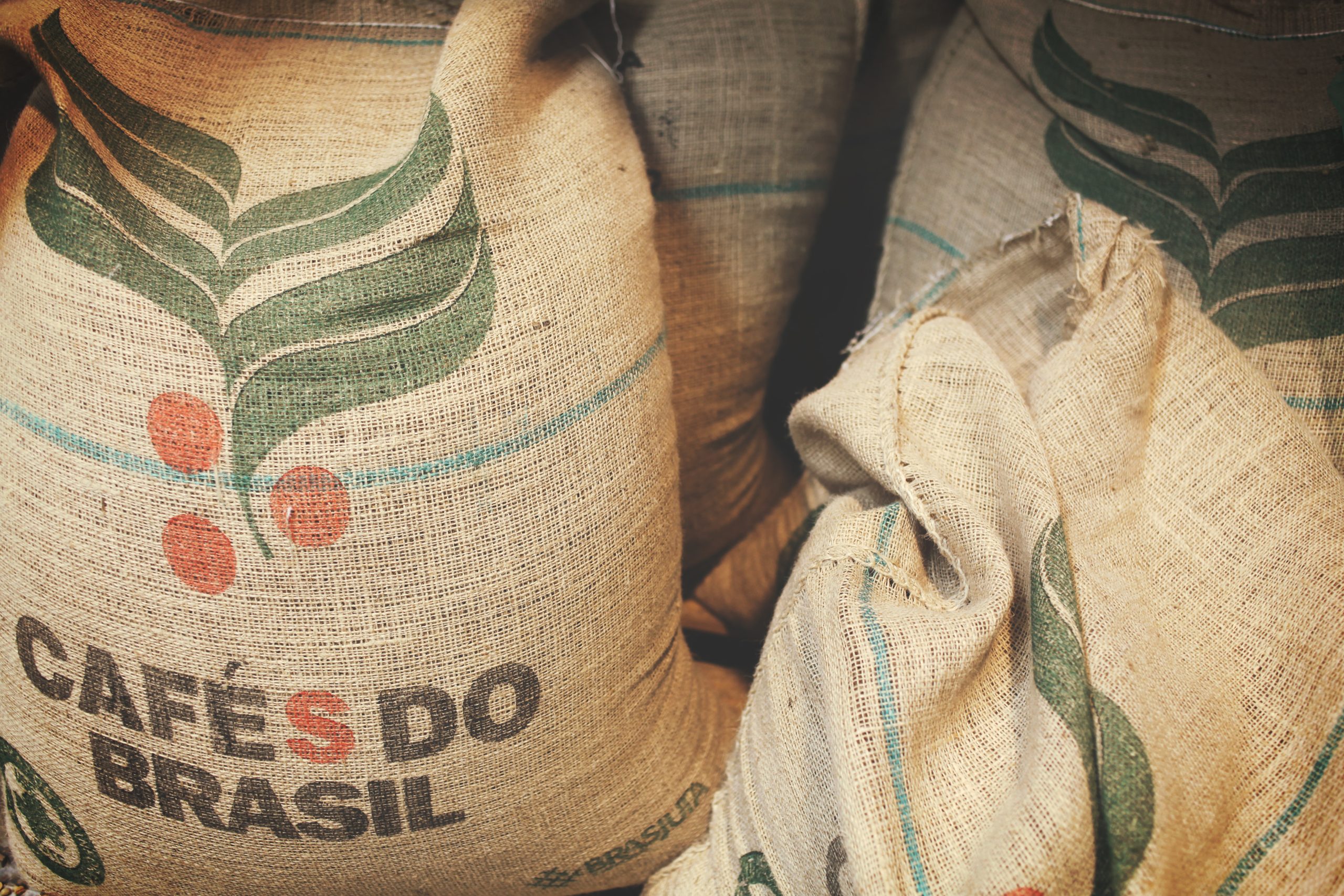This is our Arabica vs Robusta comparison.
Arabica or Robusta—which is best for your cup of coffee?
In this article, we will explain the differences between these two main types of coffee and how they affect the price of a bag and the taste of brewed coffee.
Let's take a look.
What Is Arabica Coffee?

Arabica is one of the most expensive coffees because Arabica trees are very vulnerable to frost, bacteria, insects, etc.
The main difference between Arabica and Robusta has to do with taste. Arabica can be sweet and soft, acidic and bitter, or even slightly harsh, depending on how the beans are roasted.
After being roasted, the beans reveal a palette of aromas, and you can feel notes of vanilla, fruits, spices, and smoky tones in the taste of the brewed coffee.
Arabica berries grow large, long, and even, unlike Robusta berries.
What Is Robusta Coffee?

Robusta has a harsher, more bitter taste and less intense aroma. Therefore, this type of coffee is commonly blended with a more delicate, sweetish Arabica. A blend of 80% Arabica and 20% Robusta has become a classic base for a strong, aromatic espresso with a stable crema.
The Robusta tree is not as finicky as the Arabica tree. Coffea canephora (Robusta) does not require special climatic conditions, and it even grows in hot areas of Africa and Asia where there can be drought or, conversely, high humidity.
The Robusta coffee tree is more fruitful than the Arabica tree, so Robusta can be very profitable for farmers. In one year, a Robusta tree can produce two and sometimes three times more berries than an Arabica tree.
Arabica vs Robusta
Arabica and Robusta are the two main types of coffee. They differ in appearance and taste. Below, we will talk about their main differences.
1
Coffee bean production
In 2020-2021, global Arabica coffee production is about 101.8 million 60-kilogram bags. Arabica accounts for about 60% of the world's coffee production.
In 2020-2021, global Robusta coffee production is about 74.3 million 60-kilogram bags. Robusta accounts for about 40% of the world's coffee production.
2
Sugar and caffeine content
The Robusta bean has a caffeine content of 2.2%. This is almost twice as much as the Arabica bean has.
Robusta also contains more chlorogenic acids, which create more bitter notes.
Robusta beans contain 3-7% sugar. This is less than Arabica, which contains 6-9% sugar. This explains the intense and acidic taste of Arabica. In a particular Arabica from a particular region, you can feel the sweetness of berries, the acidity of citrus fruits, and the aroma of flowers and nuts.
3
Taste
Arabica can have many flavors and aromas depending on the variety and processing conditions.
Arabica coffee beans contain many organic acids, lipids, and sugars. Therefore, a cup of coffee made from Arabica beans is sweeter and has a delicate, complex taste with a slight acidity.
Arabica's versatility and richness have made many people around the world change their attitude toward coffee.
The taste of a pure Robusta drink can be characterized as rough and tart without any flavor shades.
The high caffeine content of Robusta beans makes it a good energizer, but also gives the drink a bitter taste and heavy aroma.
When Robusta is blended with Arabica, the coffee acquires nutty, bitter-chocolate, and woody notes with a predominant bitterness.
If you want to try the tastiest Arabica beans then check out our best Arabica coffee brands article.
4
Growing environment
Growing Arabica coffee beans is an expensive and complicated process.
Arabica coffee is only grown at high elevations of 4,300 to 4,900 feet (1,300 to 1,500 meters). Some plantations grow it at elevations of up to 9,200 feet (2,800 meters) above sea level.
To get a good harvest, farmers must constantly look after the trees and fertilize the soil.
In some regions, artificial irrigation systems are required.
Arabica coffee is processed, then dried, then sent to roasters.
You can read more about coffee processing in our Coffee Processing Methods article.
Robusta, in contrast to Arabica, grows on a strong tree with a powerful root system. It's unpretentious and grows between 656 and 1968 feet (200 and 600 meters) above sea level.
Robusta trees can reach 42 feet (13 meters) in height. This is three to four times the height of Arabica trees.
Warmth is important for Robusta. It only grows in tropical climates. It withstands heat and rainfall, is disease-resistant, and does not require careful maintenance.
Robusta can be grown without observing even a tenth of the conditions required for the production of a specialty Arabica coffee.
But if you take great care in growing Robusta trees, picking the berries, and handling the harvest, you can get rare and unexpected flavors in the cup.
This is what some organizations are doing. They are trying to develop the market for quality Robusta beans and change its perception.
In 2010, the Fine Robusta Standards and Protocols were presented at the World of Coffee exhibition.
5
Price
On average, Arabica coffee beans cost twice as much as Robusta beans. And if we're talking about specialty coffee, the difference is even greater.
The reason for this is production conditions.
Arabica grows only in the mountains. This makes growing, harvesting, transporting, and processing it difficult and costly.
The high price also covers the cost of fertilizers and irrigation.
Arabica can easily get sick—when this happens, the small surviving harvest will be very expensive.
Robusta grows at lower altitudes and isn't as affected by climate. It's also more resistant to diseases, and has higher yields than Arabica due to its taller trees.
All this reduces the cost of producing Robusta coffee beans and makes their price much lower.
6
How the coffee beans are used
Single-origin Arabica beans or blends of these work well for brewing coffee using alternative methods.
Brewing quality Arabica in an AeroPress, Hario V60, Chemex, or French press will reveal notes of berries, fruits, or flowers.
Roasters produce espresso coffee blends using Robusta along with Arabica in various proportions. Robusta coffee beans give espresso a good crema, a dense body, and a rich taste. Robusta also adds bitterness to the taste.
Arabica is blended with Robusta to increase the proportion of caffeine or to reduce the cost of the finished product.
Also, a large number of Robusta beans are used to make instant coffee.
When comparing Arabica to Robusta, you should focus on your coffee goals and taste preferences.
If you drink coffee only to gain energy, then choose a blend of Arabica and Robusta.
If you're a coffee connoisseur, you won't find anything better than pure varieties of Arabica.
